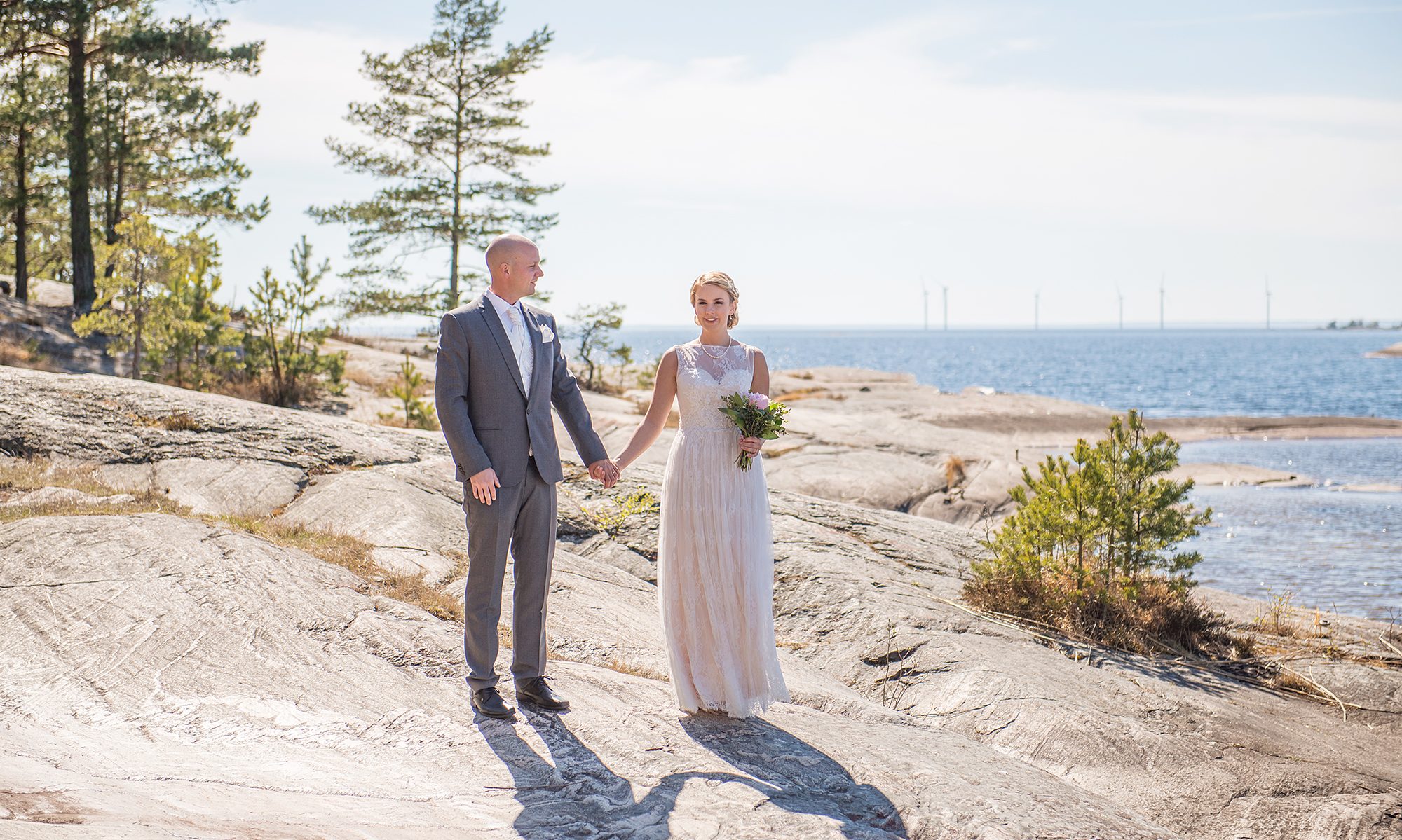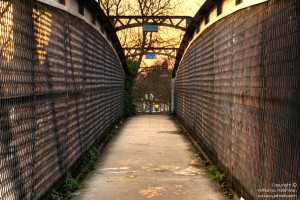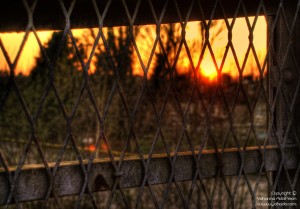Lately, I’ve become more interested in HDR photography, which means that you are able to capture and show the wide range of intensity levels found in real scenes, ranging from direct sunlight to dark shadows. A camera isn’t normally able to capture this in just one shot as the sensor isn’t nearly as sensitive as the human eye.
What you need is a steady tripod aso that you can manually adjust the shutter speed in between the exposures. Because this is exactly what an HDR-image is; a combination of several images to get the most out of your scenery. With just one exposure, you have to adjust the shutter speed and aperture depending on the light in order to get a properly exposed photograph. But if you take a series of bracketed exposures (running from underexposed, to correctly exposed and then overexposed), and by using tone mapping, you’ll be able to merge them all together and see all these highlights and shadows in one single picture. The result usually comes out a bit exaggerated or “dreamy” compared to the real life object.
These photos are some of my first experiments with HDR and I’m using the software Photomatix Pro 3 for the tone mapping. I took them a few weeks ago at a grungy looking bridge by the rail station close by. I took approximately seven different exposures for each picture, but you can get away with as little as three. The results are quite exciting, don’t you think? You can also simply shoot in RAW and extract three different exposures from the one file, although you might lose a bit of information in blown out highlights and darker shadows when using this method.



